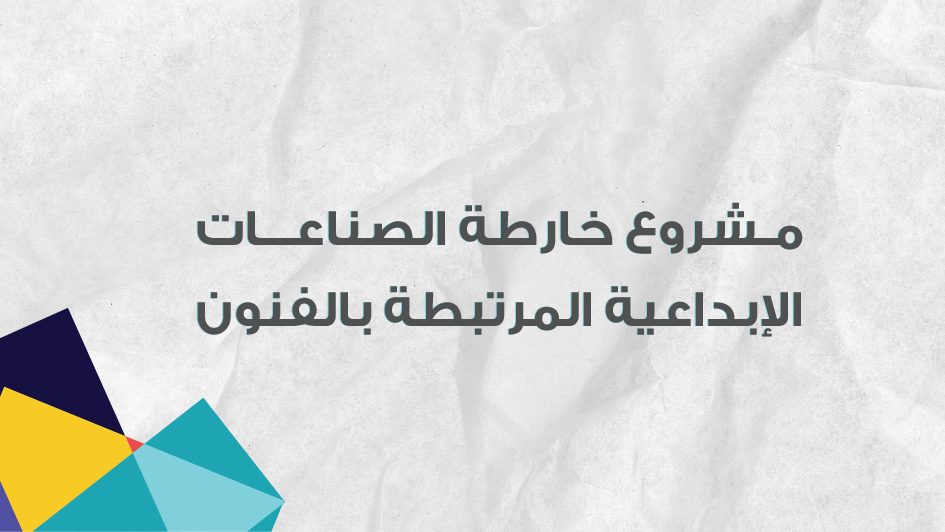Coinciding with the launch of the cultural strategy of the Ministry of Culture, Sports and Youth and the United Nations declaration of 2021 as the “International Year of the Creative Economy for Sustainable Development”; The General Directorate of Arts at the Ministry of Culture, Sports and Youth announced the project of mapping the creative industries for sectors related to the arts, and it represents the first systematic step to define and measure the creative industries by collecting data about these industries and analyzing them according to global approaches; In order to spread a deeper understanding of the sector, which enhances the role of the directorate in providing services, legislation and facilities appropriate to the sectors and enhancing its role locally and globally.
On this subject, Ahmed Al Busaidi, who runs the work of the General Directorate of Arts at the Ministry of Culture, Sports and Youth, said that this map “will contribute to increasing dialogue and knowledge exchange on policies, best practices and measures necessary to strengthen the creative sectors in the Arts Directorate, and will also identify the creative indicators required to support the cultural strategy. Evidence-based. The project contributes to “establishing a competitive infrastructure that serves Oman’s 2040 vision and meets the aspirations of the creative youth in the Sultanate.”
It is worth noting that the General Directorate of Arts supervises 10 creative sectors: drawing and oil painting, photography, sculpture and ceramics, Arabic calligraphy, digital arts, design, musical arts (playing, singing and chanting), folk arts, theater and cinema.
On the other hand, Nihad Bint Ali Al Hadia, head of the map preparation team and a researcher in the creative sector, pointed out that “the map preparation methodology was developed based on a scientific and research analysis of international experiences, including the United Kingdom, which was a pioneer in creating creative maps, in addition to the experience of the United States, Australia, China and others of countries.” She added: “The team will work to harness international experiences in line with the nature of the Omani society through the use of a number of practical research tools, including questionnaires, interviews, databases and discussion sessions with practitioners in the creative sector. This map will also produce data that serves the areas of creative policies, education and creative professions, and intellectual property laws related to the creative sector, national talents, technology and innovation in the creative sector. The map will shed light on the creative industries economy and provide decision makers with indicators that reflect the economic contribution of the sectors and the mechanisms of organizing and investing them in line with global developments.”










